'Game changer' prostate imaging agent granted FDA's Fast Track Designation
Health Imaging
AUGUST 25, 2024
The PET agent was developed for men with PSMA-positive lesions who have suspected metastasis and are candidates for initial definitive therapy.

Health Imaging
AUGUST 25, 2024
The PET agent was developed for men with PSMA-positive lesions who have suspected metastasis and are candidates for initial definitive therapy.

AuntMinnie
AUGUST 25, 2024
A radiologist in India has been arrested as an alleged key operator in an emerging al-Qaida-inspired terrorist group, according to an article by The Times of India. Indian intelligence officers arrested Ishtiyaq Ahmed on August 22 along with 14 other suspects in a number of raids for their alleged roles in a group known as the “al-Qaida in Indian Subcontinent,” according to the article.
This site is protected by reCAPTCHA and the Google Privacy Policy and Terms of Service apply.

Health Imaging
AUGUST 25, 2024
Women are considered especially vulnerable to this statistic, as females are more likely to partake in part-time training, new analysis shows.
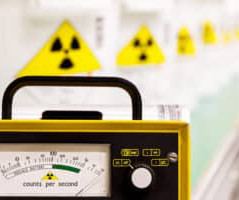
Open Medscience
AUGUST 25, 2024
Radioactive transformations, including alpha, beta, and gamma decay, play crucial roles in both natural phenomena and technological advancements. The post Understanding Radioactive Transformations to Nuclear Decay Processes appeared first on Open MedScience.
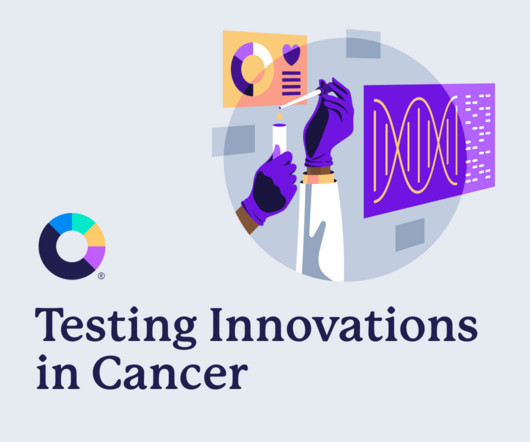
Advertisement
Amidst rising cancer prevalence and soaring costs, new cancer technologies and innovations are emerging to support the early detection, treatment, and surveillance of cancer. Read this guide to understand how to evaluate these solutions for your employees and members – and to learn more about the current state of coverage, clinical and cost effectiveness, and impact on quality and outcomes.

JVIR
AUGUST 25, 2024
Melvin E. Clouse, MD, FSIR, FAHA, FACR, FSCCT, Deaconess Professor of Radiology, Harvard Medical School, Emeritus Chair and Director of Radiology Research at Beth Israel Deaconess Medical Center, Boston, Massachusetts, passed away on July 25, 2024, at the age of 90 years. Born in Vinita, a small town in northeastern Oklahoma, he decided to become a physician, inspired by the empathetic doctor who helped him keep his 2 injured fingers.
Diagnostic Imaging Brief brings together the best content for architecture professionals from the widest variety of industry thought leaders.

JVIR
AUGUST 25, 2024
To develop and compare three different machine learning-based models of clinical information and integrated radiomics features predicting the local recurrence of stage Ia lung adenocarcinoma after microwave ablation (MWA) for assisting clinical decision-making.
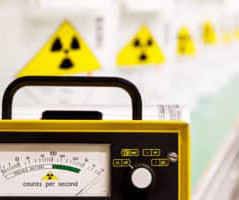
Open Medscience
AUGUST 25, 2024
Quantum mechanics fundamentally alters our perception of reality, introducing concepts like superposition, uncertainty, and entanglement that defy classical intuition. The post Quantum Mechanics: Unveiling the Mysteries of the Microscopic Universe appeared first on Open MedScience.

JVIR
AUGUST 25, 2024
To evaluate the radiologic, pathologic, and safety characteristics of a commercially available pulsed electric field (PEF) ablation system in a porcine model.
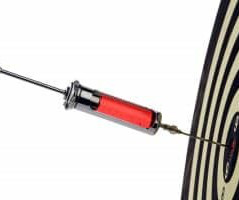
Open Medscience
AUGUST 25, 2024
The article explores the theranostic applications of Terbium radionuclides, highlighting their diagnostic and therapeutic potential in nuclear medicine. The post Terbium Radionuclides for Theranostic Applications in Nuclear Medicine appeared first on Open MedScience.
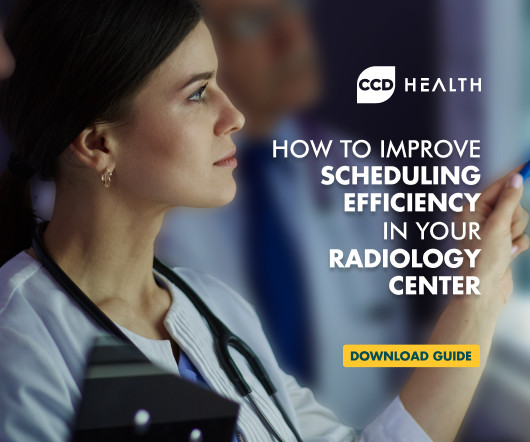
Advertisement
Patient-centric scheduling can only be achieved through optimized radiology workflows, effective communications between staff and physicians, and, of course, through specialized schedulers. In this guide, we’ll take you through a step-by-step process to transform your radiology center into a high-performance hub of medical imaging.

JVIR
AUGUST 25, 2024
To evaluate the safety and effectiveness of large-bore percutaneous biliary access techniques for cholangioscopy-assisted gallstone extraction in patients with a history of acute calculous cholecystitis who are poor surgical candidates.

Open Medscience
AUGUST 25, 2024
MRI scans provide critical insights into the body’s internal structures, aiding in the diagnosis and treatment of various conditions. The post Understanding How To Read An MRI Scan: A General Guide appeared first on Open MedScience.
Let's personalize your content